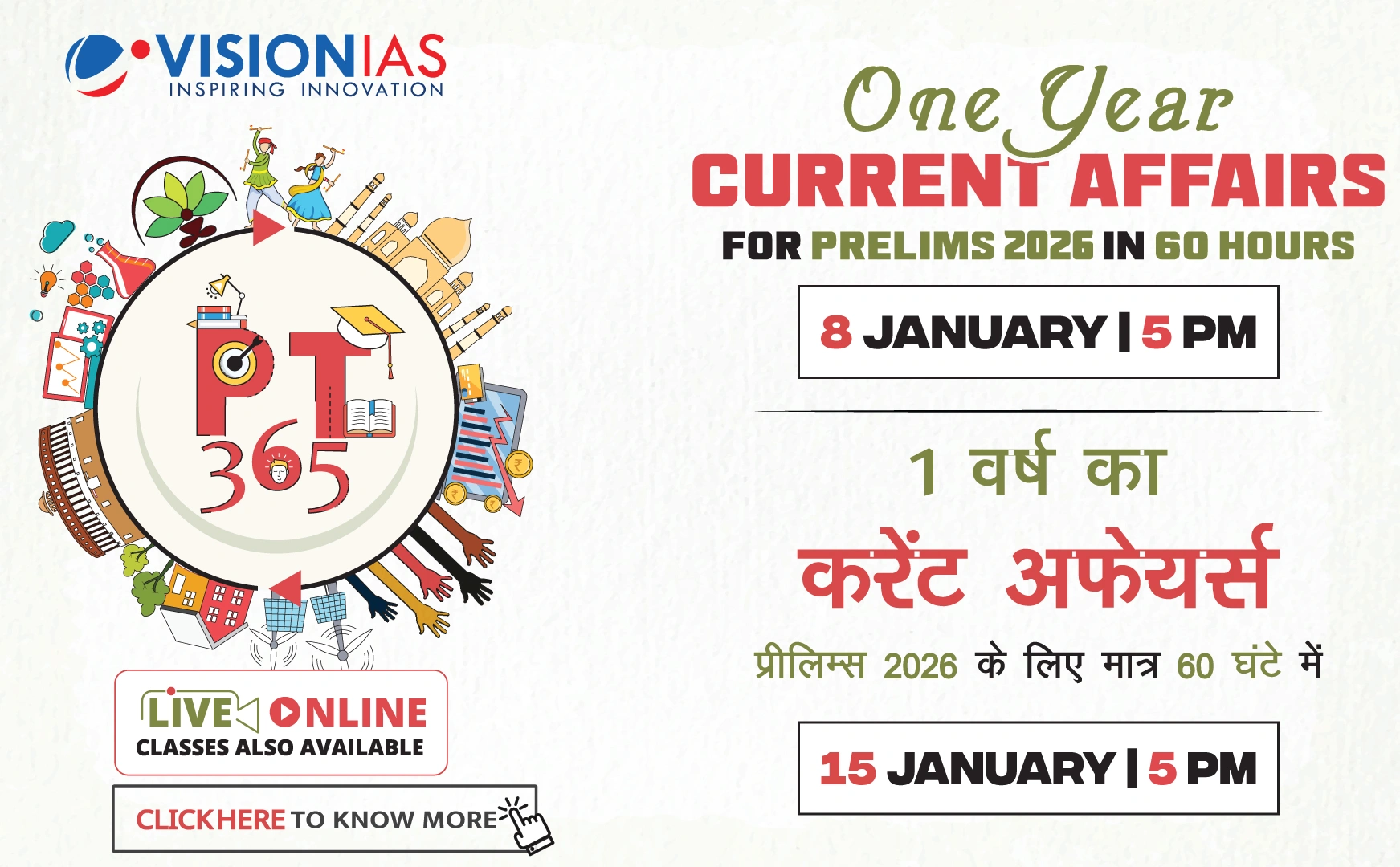India's Construction and Demolition (C&D) Waste Challenge
India faces a significant challenge with the management of construction and demolition waste, which affects urban aesthetics and contributes to pollution. The country generates between 150 to 500 million tonnes of C&D waste annually.
Policy Intervention
- Extended Producer Responsibility (EPR) Framework:
- Effective from April 2026.
- Targets projects with over 20,000 sq m built-up area.
- Aims to ensure sustainable waste management and recycling.
- Current Challenges:
- Unauthorised dumping due to lack of disposal spaces.
- Improper mixing of C&D waste with biodegradable matter.
Economic and Environmental Impact
The construction sector is poised to expand to $1.4 trillion by 2025, expected to be a major contributor to both economic growth and waste generation. The National Capital Region alone produces 6,303 tonnes of C&D waste daily, with varied processing rates across regions.
Recommendations for Sustainable Management
- Local bodies should develop collection and processing infrastructure.
- Promote the use of recycled materials through incentives.
- Suggested Incentives and Measures:
- Green procurement norms and tax breaks for recycled concrete.
- Revised building codes mandating recycled content.
- Higher taxes on virgin materials and removal of their subsidies.
Public Awareness and Perception Shift
It's crucial to alter consumer perceptions that equate recycled materials with substandard quality. The EPR rules provide a robust foundation for addressing waste issues, but successful implementation requires active policy support, infrastructure development, and public awareness campaigns.









